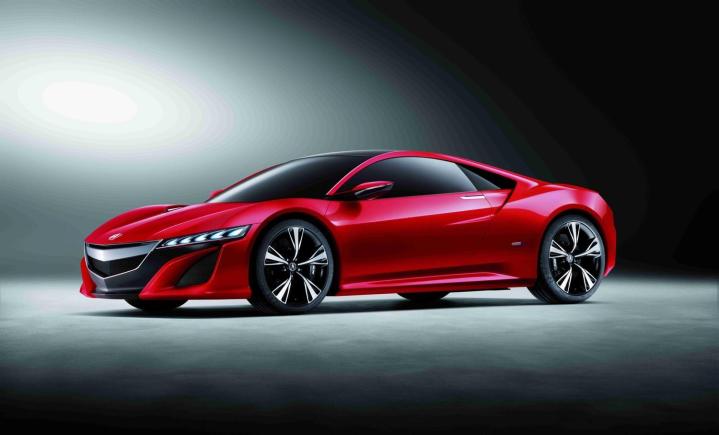
Acura will build the NSX at a new facility in Ohio with the slightly oxymoronic name of “Performance Manufacturing Center.” Honda’s luxury division had previously discussed building the car in Ohio, but now it’s official.
The site will be near Honda of America’s existing Marysville Auto Plant, and the Honda R&D Americas Ohio Center that is doing most of the engineering work on the NSX.
The NSX manufacturing facility will employ 100 “highly skilled manufacturing associates,” according to Acura, drawn from the other Ohio facilities. Powertrain assembly will take place at Honda’s Anna, Ohio plant.
If there’s any car that deserves a brand new, bespoke assembly plant, it’s the NSX.
Unveiled as a concept car at the 2012 Detroit Auto Show, the NSX is the successor to Acura’s legendary supercar of the 1990s and sports a sophisticated hybrid powertrain.
The NSX features a new Sport Hybrid Super Handling All-Wheel Drive (SH-AWD) system, consisting of a mid-mounted, direct-injected V6 and three electric motors.
One electric motor will be connected to the gasoline engine, as with conventional hybrids, and help drive the rear wheels. The other two will power the front wheels, giving the NSX all-wheel traction and the ability to vector torque side to side to improve cornering.
Wrap that package up in styling that was attractive enough to lure Tony Stark away from his Audi R8 in the Avengers (and make Jay Leno swipe car no.1 from Jerry Seinfeld in this hilarious bit), and the NSX should be quite a machine.
Acura hopes to put its supercar on sale sometime in 2015, and with a production site chosen, it appears to be well on its way to meeting that goal. We can’t wait.
Editors' Recommendations
- Lamborghini brings back a legendary supercar as an 803-hp hybrid
- 2020 Karma Revero GTS adds performance to go with its sleek looks
- Infiniti bets its future on a hybrid system that has flummoxed other automakers
- Ferdinand Porsche was 100 years ahead of his time with his 1900 hybrid
- The limited-edition Sian is a hybrid supercar only Lamborghini could build


